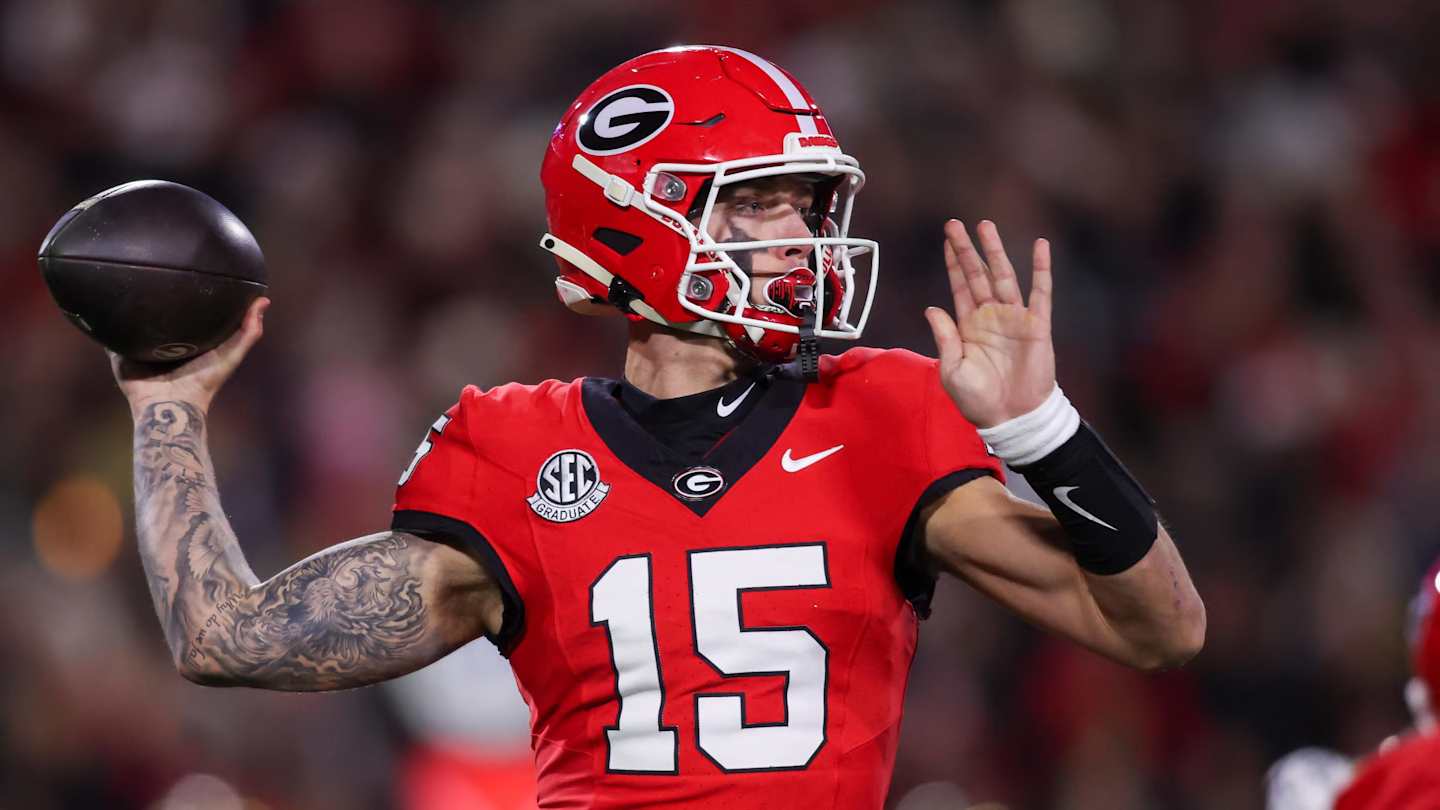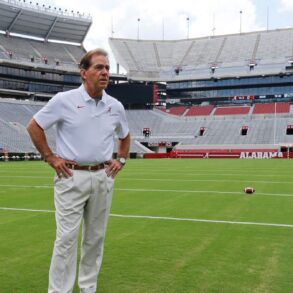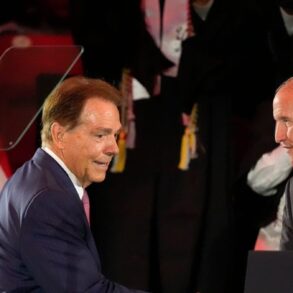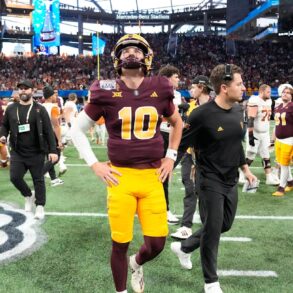
When it comes to college football, recruiting, the transfer portal, and NIL, there’s a new dominating headline every week.
The recent noise has surrounded top five-star offensive tackle recruit Jackson Cantwell, whose recent commitment to the Miami Hurricanes has sparked a massive debate surrounding name, image, and likeness.
Reportedly, Cantwell received a $2 million NIL deal to join the Hurricanes over the Georgia Bulldogs. Bulldogs head coach Kirby Smart later came out and criticized high schoolers receiving more than a senior.
Cantwell’s NIL deal also led to many college football personnel wondering, what’s the right NIL price per position on a roster?
Following Cantwell’s commitment, Chris Hummer of 247Sports (subscription required) surveyed Power Four personnel and coaching staff.
He sought their opinions on spending 10% of a team’s salary cap on an offensive tackle yet to take a single college snap.
NIL has been unrestrained and unregulated, with teams spending millions on obtaining star talent in the transfer portal — Miami being a notable one with Carson Beck’s multimillion-dollar NIL deal.
That’s expected to change with the approval of the House settlement, under which schools will be held to a cap on revenue-sharing spending, which is expected to be $14 to $16 million for most Power Four schools in football.
Many in the sport view Cantwell’s valuation as untenable, not only due to the lack of proven talent in a high school tackle, but also due to how much of the salary cap his $2 million price tag amounts to.
That’s the context in which many are looking at Cantwell’s massive price tag and wondering how an unproven high school tackle could be worth it.
Schools can no longer expect to spend unlimited resources and must adopt a much more thoughtful approach to building their rosters in the revenue-sharing era.
One SEC director of scouting did highlight offensive tackle as a position to pay a premium for, alongside quarterback, edge rusher, and cornerback.
Others had a short list of wide receivers and defensive tackles but believed that all of that is scheme-dependent outside of quarterback.
Intriguingly, one Big 12 general manager posed a rebuttal to Cantwell’s price tag, preferring to instead sign three high school offensive tackles to $100,000 deals each.
That’s an interesting strategy to consider, as high school recruits just might not work out. College athletes who transfer might not translate to a new program.
But one of three might hit on a serviceable level.
That perspective was in line with several others surveyed, who argued that depth across positions is much more valuable than paying premiums for stars and leaving holes in the roster.
“I don’t find that to be the most effective way to build a roster long term,” the SEC director of scouting said. “But in reality, yes, some teams are going to spend that on a premium position or two each class because either they badly need the position in the short term or maybe they just don’t want to play against them for three-plus years.”
Now, if Cantwell hits, some may walk back that criticism.
Arguably, there’s an important strategy in spending top dollar on the position that protects a quarterback’s blind side.
Many in the sport might not have agreed with Beck’s price tag, nor Cantwell’s, but if the former is paid, then a team must address the latter role at offensive tackle with sufficient resources for that player under center to compete.
This post was originally published on this site be sure to check out more of their content.









